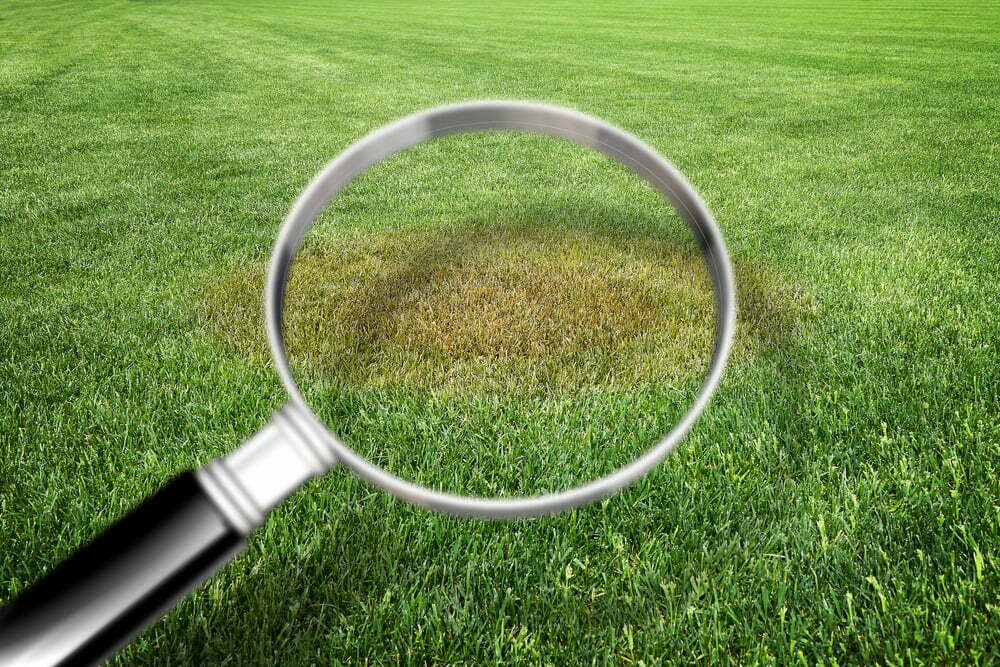If your property is dealing with dead grass, this is an issue for more than one reason. Not only does it detract from your overall garden or landscape and possibly signal watering issues that might also impact other nearby areas, it also limits your curb appeal and could even lower your property value a tick.
At Lawn Care Experts, we’re here to help with a huge variety of lawn maintenance needs, including for home or building owners dealing with dead grass spots. These spots often tend to show up around this time of year, as we transition from spring into full-fledged summer with hotter temperatures. In this two-part blog series, we’ll begin by going over some tips for remedying dead grass spots if they show up; part two will dig into how to prevent dead grass from showing up to begin with (these themes can mix together in many cases, as well).
Dead Vs. Dormant
Firstly, it’s important to understand the difference between dead and dormant grass on your lawn. These may look similar in some cases, but dead grass refers to a type that does not come back even once the weather improves or basic measures have been taken; dormant grass, on the other hand, can be restored.
To determine which you’re dealing with, check the crowns of the grass, or the whitish areas at the base where the blades emerge. If these crowns are still alive, the lawn is likely dormant and will revive itself with improved watering. However, if the crowns are brown and dried out, the grass is likely dead, and you should processed with our following steps – often with the assistance of one of our lawn care professionals.
Weed Pulling
First and foremost, weeds are a major source of dead grass because they pull vital water in to themselves rather than allowing it to disperse. Both pull weeds and use herbicide if needed to remove them from the yard.
Tilling and Dethatching
In addition, you should consider tilling your soil to around five or six inches of depth. Many people will also add organic compost to increase nutrient amounts and limit the bulkiness of the soil, plus increase the amount of water it can hold.
A similar theme here is dethatching, which involves removing a thick layer of thatch, or dead plant material. This allows air, water and vital nutrients to make their way into your soil and grass.
Soil Testing
If you’ve performed the above tasks and still aren’t noticing any positive results, test your soil for its phosphorous content. In some cases, if this level is too low, you may need to add a grass fertilizer.
Sod Concerns
If your issue is so severe that grass simply will not regrow, you should reseed or plant sod in the area. Our pros will happily recommend between these two themes for your situation, plus assist you with any part of this process as-needed.
For more on reviving dead grass, or to learn about any of our lawn care or other landscaping services, speak to the staff at Lawn Care Experts today.


